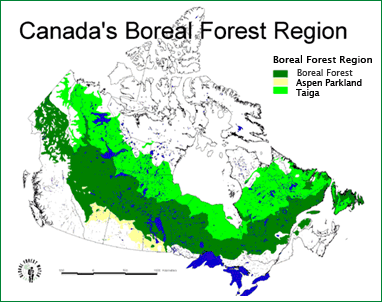Do the differences between industrial agriculture and sustainable agriculture affect us enough to make a definite choice? Industries have spent their share of profits advertising and promoting industrial agriculture as “the only method to sufficiently feed the world” or “the cheapest way to produce food efficiently”. But in order to do so, only a select amount of crops that have the ability to reproduce quickly under agribusiness technology will be grown. On the other hand, sustainable agriculture offers us a wider variety of food choices by helping maintain diversity in the crops being produced. So is industrial agriculture as prominent as those who support it say it is? Will a movement for sustainable agriculture actually deal with any problems industrial agriculture can cause?
Industrial agriculture, through its intensive use of pesticides and fossil fuels as a result of modernized technology has its negative impacts on the environment. In addition, farmers and labourers do not exactly earn the salaries that one may expect, harvesting the food of the world. In fact, the industrial system has “enclosed” farmlands around the world so that the crops produced could be used as high-priced export crops rather than being served as food for local populations. This pertains to the problem of industrial agriculture being “the only method to feed the world” because in this situation, third world countries are continually being stripped of food grown on their own lands. The new technological inputs being brought into the third world has also increased the production costs of farming rather than reduce them and because there is constant worldwide competition in sales, farmers are given less income. Many of the benefits that industrial agriculture has been said to bring has actually not proven to be. But on the other hand, has sustainable agriculture been proving itself to be the working alternate?
Sustainable agriculture is said to offer three main goals that industrial agriculture has not been successfully accounting for – environmental health and diversity, economic profitability, and social and economic equity. In summary, it looks to promote harmony between agriculture and social responsibility so that the ability of future generations to meet their own needs is not obstructed. In reality, the growth rate of the global human population is rapid, but not something the agricultural industry can’t keep up with. The fact is that every year, there is enough wheat, rice, and other grains being produced to provide every person with 3 500 daily calories; food production per capita in the last 35 years has also grown 16 percent faster than the world’s population (U.N. Food and Agriculture Organization). If this is true, then why is world hunger always an issue? This is because industrial agriculture has denied equal distribution of food it is producing to farmers and their families. Whether sustainable agriculture alone or a balanced approach between that and industrial agriculture is the correct choice, the world knows for certain that relying solely on industrial agriculture will not be doing justice for present and future generations.
Blogs that I have commented on:
Bibliography
"Biodiversity: Biodiversity home." FAO: FAO Home. Web. 13 Apr. 2011. <http://www.fao.org/biodiversity/en/>
"Can Industrial Agriculture Be Sustainable Agriculture? | GreenandSave.com | Green News, Tips, and Services for saving money, energy and the planet.." GreenandSave.com | Green News, Tips, and Services for saving money, energy and the planet. | Saving Your Money and the Planet One Household at a Time. Web. 13 Apr. 2011. <http://www.greenandsave.com/green_news/green-business/can-industrial-agriculture-be-sustainable-agriculture-6985>.
Kimbrell, Andrew. Fatal harvest: the tragedy of industrial agriculture. Washington: Published by the Foundation for Deep Ecology in arrangement with Island Press, 2002. Print.
"Sustainable versus industrial: a comparison - Introduction to Sustainability - Sustainable Table." Sustainabletable. Web. 13 Apr. 2011. <http://www.sustainabletable.org/intro/comparison/>
"What is Sustainable Agriculture?." UC Sustainable Agriculture Research and Education Program. Web. 12 Apr. 2011. <http://www.sarep.ucdavis.edu/concept.htm>






